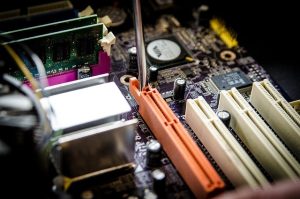House piercing, especially through stem wall repair, is a cost-effective method to fortify buildings against seismic challenges and soil instability. By transferring structural weight to deeper, more stable layers, it stabilizes homes and prevents costly damage from settling or shifting soils. Stem wall repair addresses cracks, uneven surfaces, and other signs of foundation issues, ensuring long-term structural integrity. Professional house leveling services identify subtle settling problems and offer solutions like stem wall repair, enhancing home value and preventing future interior damage. Piering, often misunderstood as complex, is a straightforward technique using steel piers to stabilize foundations without extensive disruption. Choosing the right contractor with experience, proven track records, valid licenses, and excellent communication skills is crucial for successful stem wall repair.
“House piercing and leveling is a critical service that ensures your home’s structural integrity. This comprehensive guide delves into the intricacies of foundation support systems, highlighting the essential role of stem wall repair in addressing settlement issues. We explore common signs of damage, providing insights on identifying problems early.
From understanding the piercing process to uncovering the benefits of professional services, this article offers a step-by-step breakdown. Learn about misconceptions surrounding piercing and gain valuable tips for selecting the right contractor, ensuring your home’s long-term stability.”
Understanding House Piering: A Foundation Support System

House piercing is a specialized construction technique designed to provide additional support for structures, particularly in areas prone to seismic activity or uneven soil conditions. This process involves installing piering systems, which act as a stable foundation by transferring the weight of the building from its existing footing to deeper, more solid layers of soil or bedrock. One critical component of piering is the stem wall repair, which ensures the structural integrity of the building’s walls and connects them seamlessly to the supporting piers.
By utilizing piering systems, homes can be leveled and stabilized, preventing costly damage caused by settling or shifting soils. This method offers a more cost-effective and less invasive alternative to traditional foundation replacement, making it an attractive option for homeowners looking to fortify their properties against potential structural issues. Effective stem wall repair is integral to the success of any piering project, ensuring the longevity and safety of the structure.
When Is Stem Wall Repair Necessary? Identifying Signs of Damage
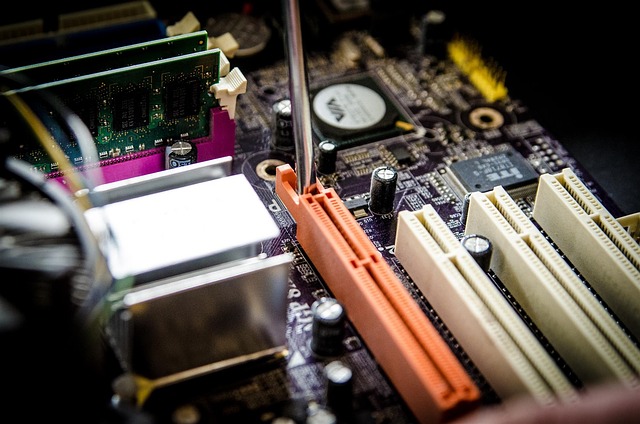
Stem Wall Repair is often necessary when signs of damage become evident, indicating a potential stability issue for your home or structure. Identifying these issues early on is crucial to prevent further complications and costly repairs. One of the primary indicators that stem wall repair is required is cracks in the foundation walls or uneven surface levels. These cracks can be caused by various factors such as settlement, shifting soil, or poor initial construction. Even minor cracks can signal a more significant problem, especially if they widen over time.
Other signs include doors and windows that stick or fail to align properly, uneven flooring, or visible gaps between walls and floors/ceilings. If you notice any of these issues, it’s essential to consult with a professional who can assess the extent of the damage and recommend appropriate Stem Wall Repair solutions to ensure the structural integrity of your property.
The Process of Piering and Leveling: Step-by-Step Guide
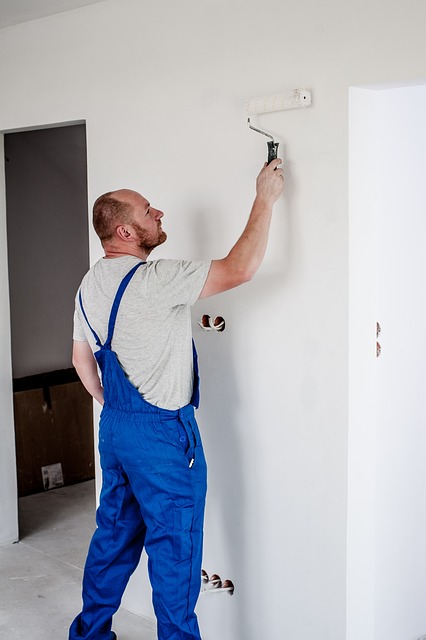
The process of piering and leveling involves a systematic approach to ensure your house’s structural integrity. It begins with an inspection to identify any issues, such as uneven floors or cracked walls, which are signs of settlement or soil instability. Once identified, a team of experts will map out the problem areas and determine the best course of action.
The next step is to excavate around the affected areas to access the stem walls. Here, they’ll assess the damage and might reinforce the existing walls with additional steel beams or replace damaged sections. After reinforcement, piering is carried out by installing deep foundation piers beneath the house. These piers are typically made of concrete and act as support pillars, redistributing the load from the house to the stable soil below. Finally, once the piers are in place, leveling is accomplished by adjusting the house’s foundation to ensure it sits evenly on the ground, preventing further damage and ensuring a secure structure. This process also includes stem wall repair, addressing any cracks or instability in these critical walls.
Benefits of Professional House Leveling Services

Professional house leveling services offer numerous benefits, especially for older homes or those with structural issues. One key advantage is the expertise and experience that these professionals bring to the table. They have the knowledge to identify subtle signs of uneven settling and can provide effective solutions like stem wall repair, ensuring your home’s stability and longevity.
By hiring specialists in this field, homeowners can avoid potential safety hazards and costly repairs down the line. Regular leveling services not only maintain the structural integrity of a house but also preserve its value. Moreover, professional interventions can prevent damage to interiors, fixtures, and finishes that might occur due to uneven floors or walls, making it a wise investment for any property owner concerned about their home’s condition.
Common Misconceptions About Piering and Their Debunking
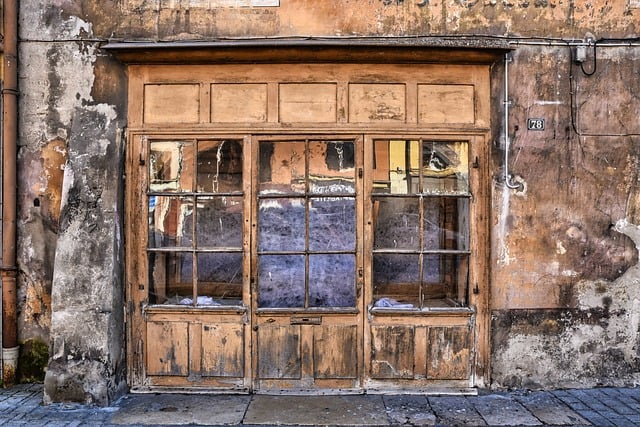
Many homeowners often have misconceptions about piering services, assuming it’s an intricate and costly process with significant disruptions to their properties. However, these perceptions are far from the truth. Piering, particularly for stem wall repair, is a straightforward technique that involves installing steel piers to stabilize and support existing foundations. It’s not as invasive as traditional foundation repair methods and doesn’t require extensive excavation or demolition.
Another common myth is that piering is only suitable for extreme cases of structural damage. In reality, it can be used preventively to ensure your home remains stable over time. Regular maintenance and piering go hand in hand, providing a long-term solution for leveling and stabilizing foundations, especially in areas prone to settling or shifting soil conditions. This cost-effective method is often overlooked but can save significant future expenses related to foundation repair.
Choosing the Right Contractor: Tips for a Successful Project
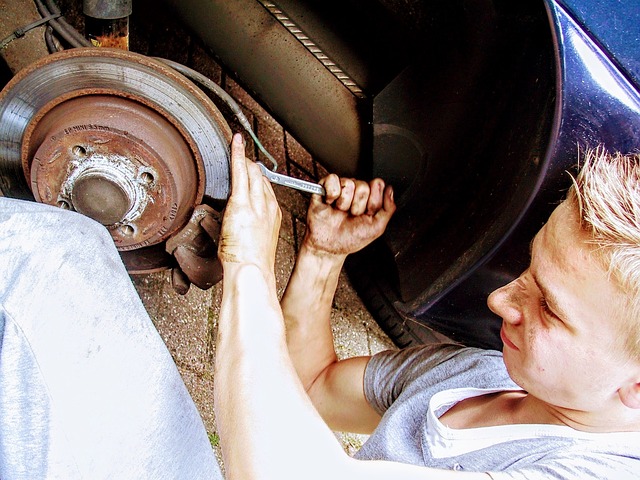
When considering house pier and leveling services, selecting the right contractor is paramount for a successful project. Begin by evaluating their experience and specialization in foundation repair, particularly stem wall repair, as this is crucial for structural integrity. Check their portfolio to assess the quality of their past work and verify if they have handled similar projects to yours.
Next, ensure the contractor has valid licenses and insurance to protect both your investment and their workers. Read reviews from previous clients to gauge their reputation and communication skills. Effective communication throughout the project is essential, so choose a contractor who is responsive and transparent about timelines and costs. Finally, ask for references and don’t hesitate to contact them for insights into the contractor’s professionalism and workmanship.
